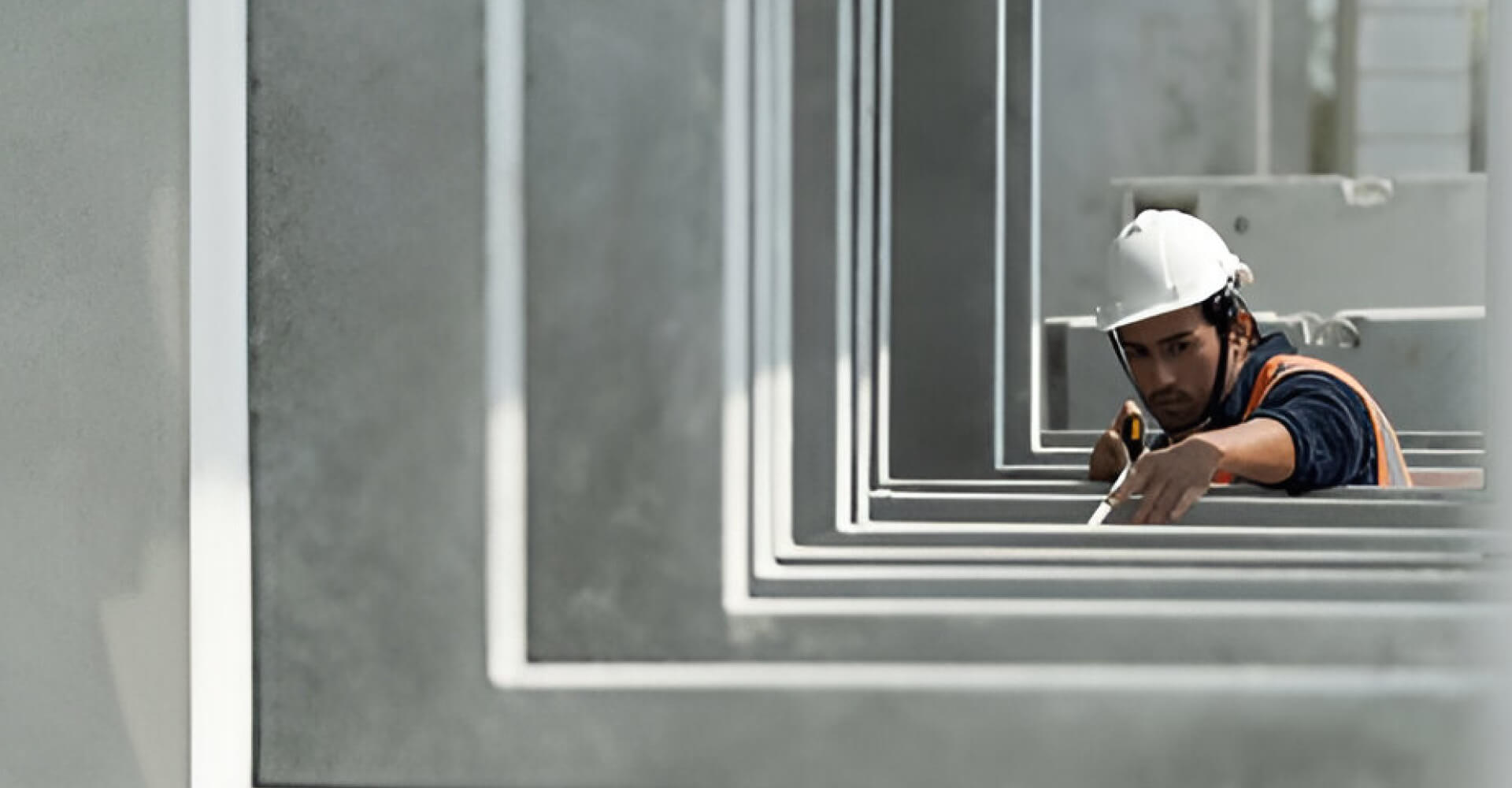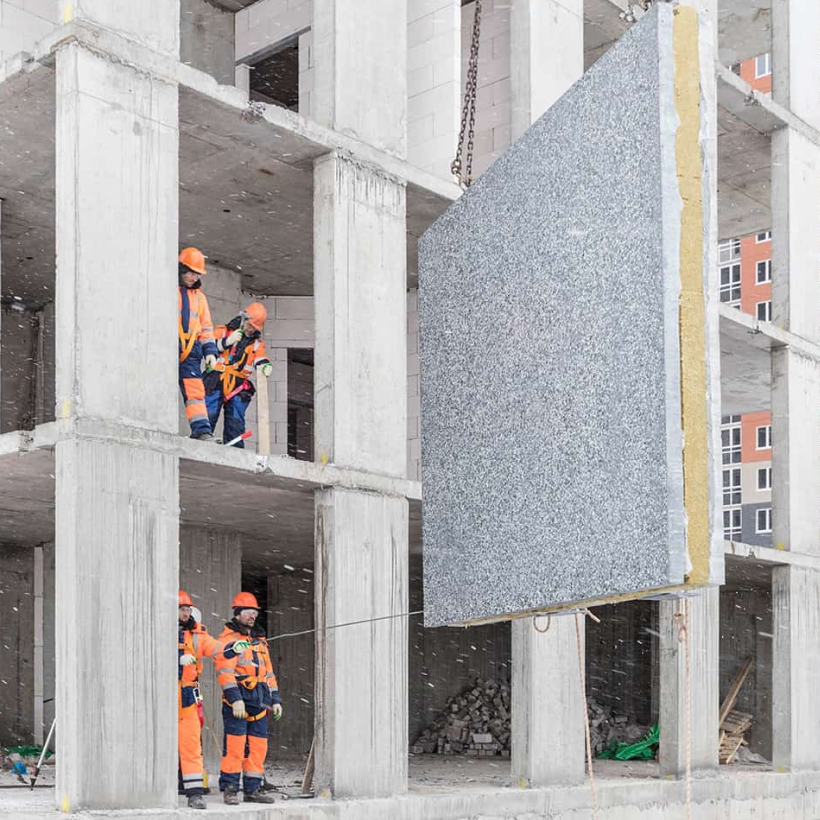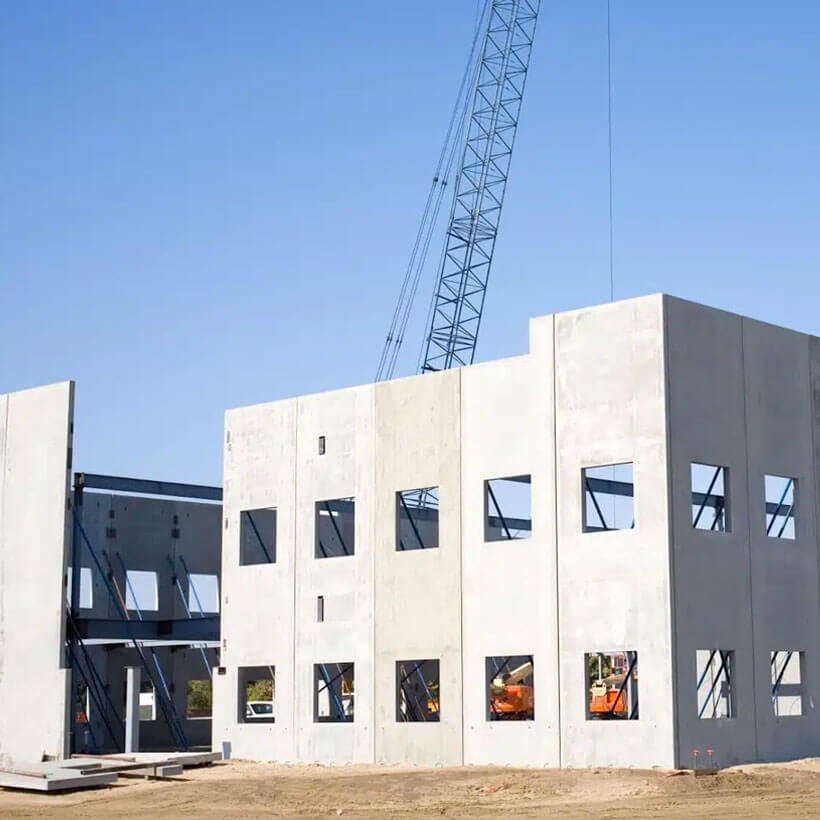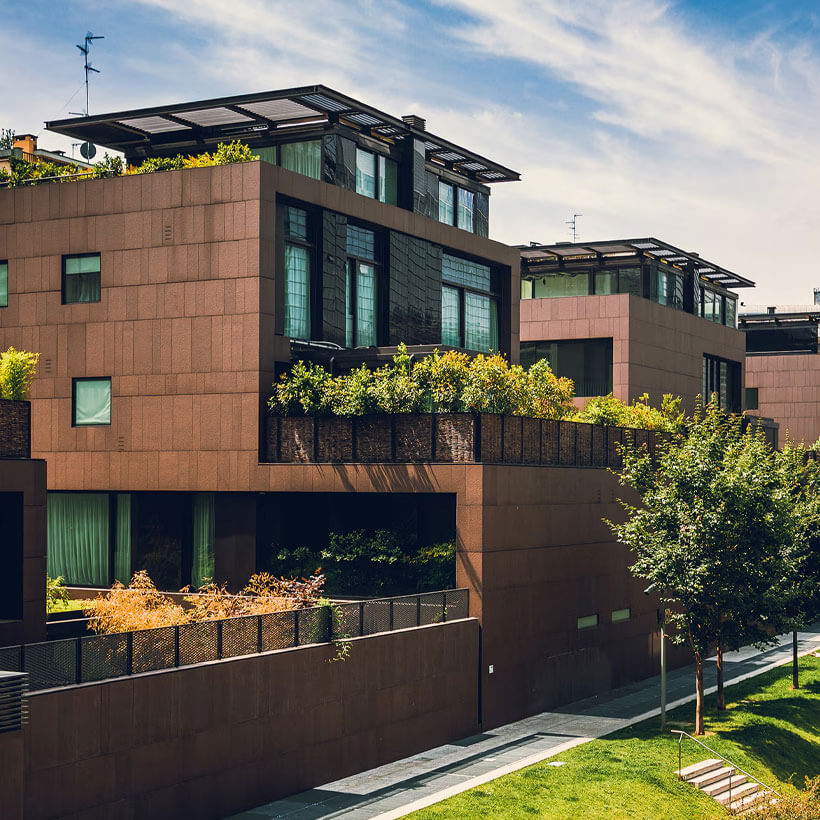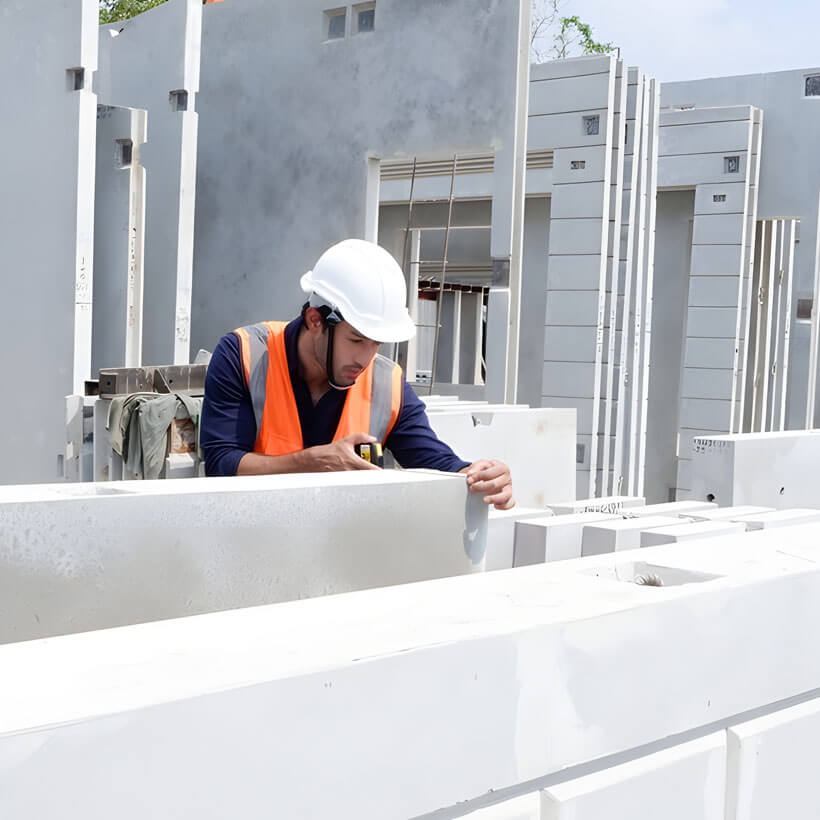Short on time,
Long on challenges.
As the demands of infrastructure are evolving, so is the need for the construction sector to keep up with this rise. With rapid urbanisation and population growth, the traditional ways struggle to meet the pace, scale, and efficiency required for today’s development needs.
Proven advantages of
precast walls
Time delays
On-site challenges like weather disruptions, material shortages, and scheduling conflicts often lead to prolonged project timelines.
Manpower dependency
Heavy reliance on manpower increases the risk of human error, safety issues, and productivity fluctuations.
Inconsistent quality
Varying site conditions and workforce skill levels result in uneven workmanship and compromised structural integrity.
Environmental concerns
Traditional construction generates higher waste and pollution. The reliance on steel in traditional methods further increases emissions, which are far more carbon-intensive than the processes involving concrete.
Limited design flexibility
Inability to deliver intricate designs or complex geometries efficiently, especially when time and manpower constraints come into play.
Safety risks
On-site construction environments pose constant safety hazards due to heavy machinery and high-altitude work, increasing the potential for accidents.

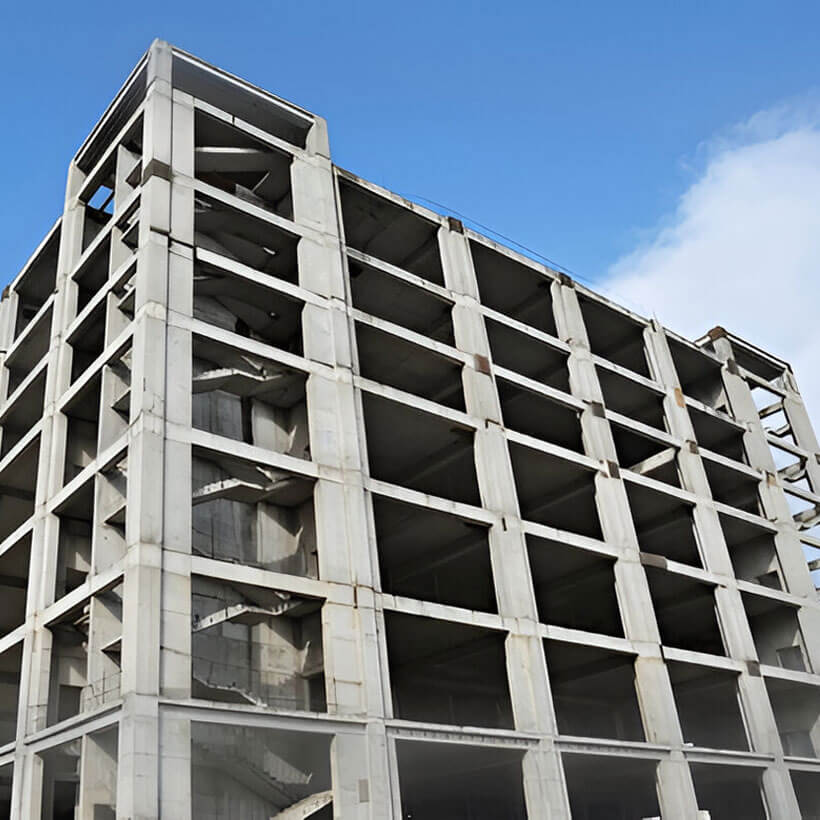
Infrastructure on the rise, India on the move.
The 21st century is hailed as India’s century. A period where rapid urbanization, economic expansion, and infrastructure growth are anticipated to reach unprecedented heights.
Here are some numbers that project India’s growth in the coming decade.
- 64 million homes: Estimated demand for construction by 2036 to fulfil demands of the growing population.
- 20 million houses and 98 smart cities: Construction initiative by the Government of India to be implemented using precast concrete technology.
- 600 million: Expected population to reside in urban areas by 2030
To meet these increasing demands, it thus becomes imperative to adopt modern methods in construction.
Enter precasting

Paving the way for progress
Precasting is a process in which building components such as walls, floors, beams, and columns, along with pre-installed inserts and conduits, are manufactured off-site in a factory or production facility. These components are then transported to the construction site for assembly.
The 4S edge of
precasting
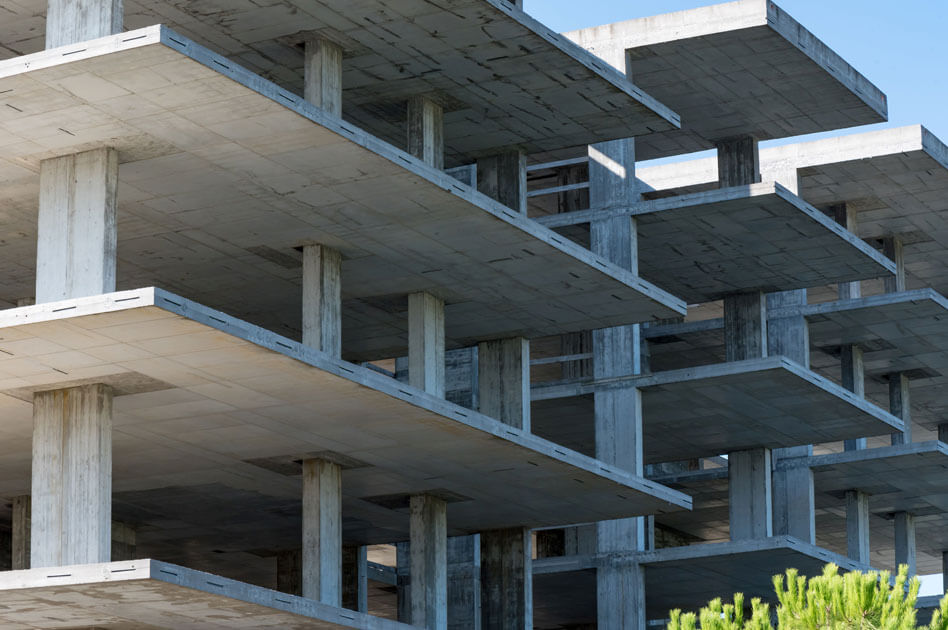

Concrete growth backed by concrete numbers
India’s precast construction industry is poised to grow exponentially in the coming years. Backed by the demand for faster and scalable infrastructure solutions, as well as government policies, this sector is expected to boom.
All signs point towards precasting becoming a cornerstone of the nation’s infrastructure evolution.
- 6.16 billion: Value of India’s precast concrete market size in 2023.
- 9.2%: Expected CAGR growth from 2024 to 2030.
Where structures rise,
precasting delivers
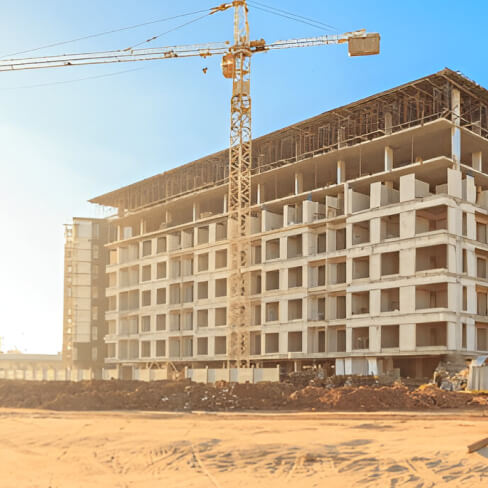
Residential complexes
- Housing projects
- Apartments
- Villas

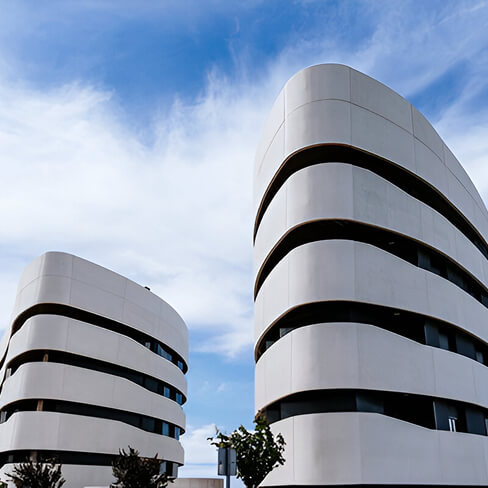
Commercial spaces
- Office buildings
- Malls
- Hotels

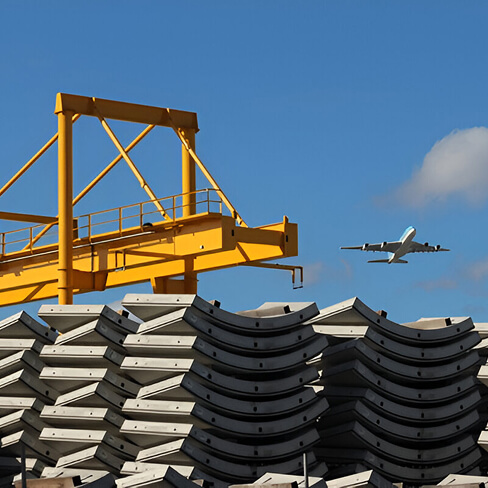
Infrastructure projects
- Flyovers
- Bridges
- Highways

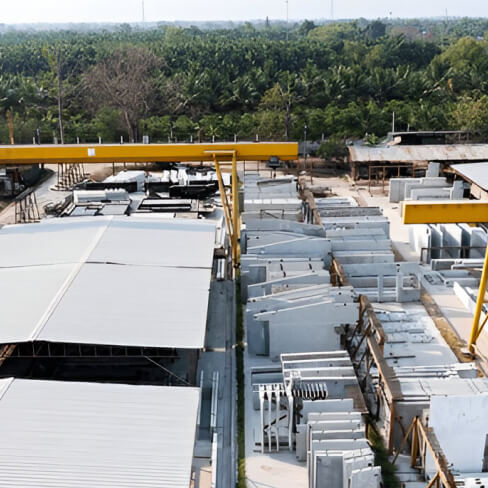
Industrial facilities
- Warehouses
- Factories

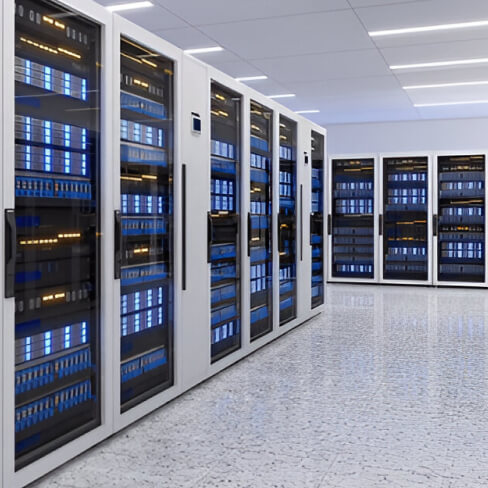
Data centers
- Enterprise Data Centres
- Colocation Data Centres
- Hyperscale Data Centres

Future that is set to
transcend all possibilities
Precasting is poised to become the cornerstone of modern infrastructure development in India. With advances in technology, automation, and material science, the scope and scale of its applications are anticipated to rise.
From smart cities to resilient megastructures, this method will redefine how we build for the demands of tomorrow.

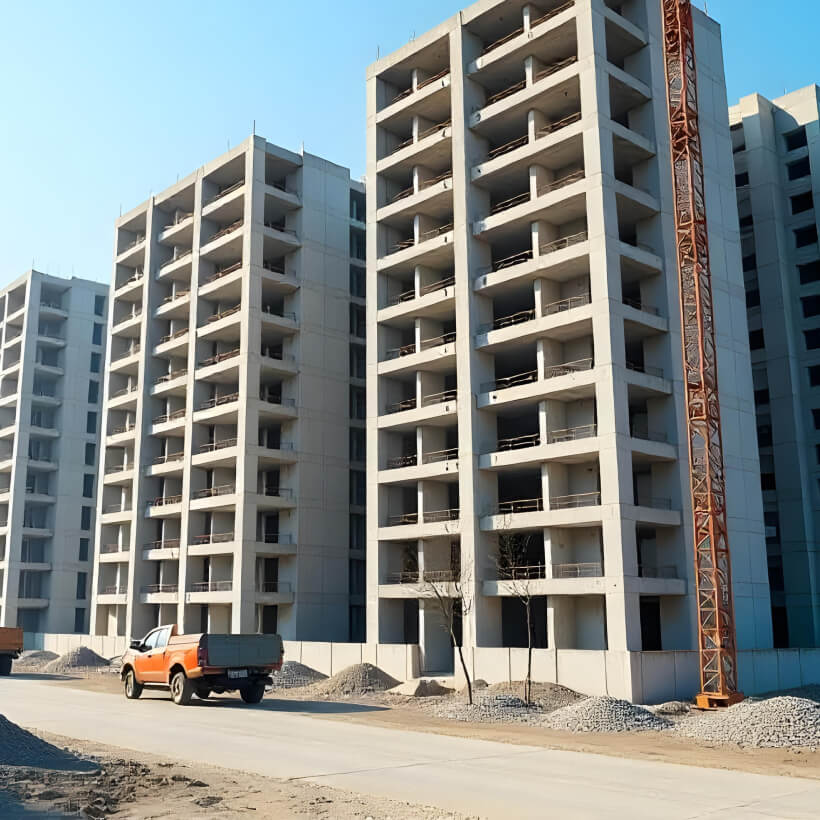
Here are some of the developments you can expect.
- Smart precast elements with sensors will enable real-time monitoring for safer, longer-lasting structures.
- 3D printing is anticipated to revolutionise precast manufacturing by delivering intricate designs, reducing waste, and accelerating project timelines.
- The use of recycled materials and supplementary cementitious materials (SCMs) is anticipated to drive greener precast construction.
- The adoption of digital twin technology is expected to optimise production and enhance precision across the precast value chain.
- Precast components are primed to integrate renewable energy and lightweight designs for efficient deployment.
- AI and machine learning will lead to improved quality control through early defect detection and workflow optimisation.

